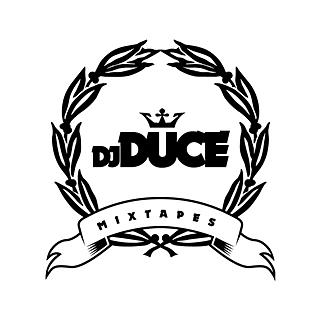How Online Music Distribution Changed The Music Industry
- DJDuceMixtapes
- Nov 23, 2020
- 2 min read
Updated: May 7, 2021
The music industry is forever changing, were music streams and followers matter the most. With more than 3,000,000 registered artist on Spotify and growing, it is undeniable that more people are becoming musical artist. Have you ever thought, where did it all begin? When did music make its big mark in the digital world? Take this in to consideration, before the Internet was widely available, music as we know was “physically” distributed to retail stores were fans could go purchase their favorite artists. CDs, cassette tapes and even vinyl would have a “barcode” listed on that back. When purchased, the barcode would be scanned by the retail store and tracked in a computer based system.
File sharing communities were first formed around centralized downloading sites like MP3.com where ripped files were uploaded and then downloaded by other users. The inefficiency of this method was quickly remedied by Shawn Fanning’s landmark P2P software, Napster, released in the fall of 1999. Files could now be exchanged directly between users rather than passing through a centralized intermediary, while a centralized index of available content gave users an efficient way of finding music. The P2P network proved efficient enough to quickly push file sharing activity beyond the realm of fair use, Digital Music Distribution rendering it illegal. The RIAA sued Napster within a few weeks of its launch, and because it operated the centralized directory that listed available unauthorized MP3 files, the file- sharing company was held legally responsible for piracy. Napster, along with the early MP3 Web sites were shut down, but not before demand for downloading music had been stimulated. In 2000, Limewire carried the torch as the next P2P network which managed to operated for 10 years. It wasn’t until October 26, 2010 after losing a court battle for “copyright infringement”. A federal court ordered the company Lime Group, LLC to “shut down” the searching, downloading, uploading, trading and/or file distribution functionality. In the 10 years Limewire was functional, other similar P2P sharing client services were founded and operated on the Internet. Apple, one of the earliest to follow the trend, launched “ITunes” in 2001. By 2005, over 1 billion users were accessing the Internet daily. Datpiff, a online music distribution platform for hip-hop mixtapes become the go-to platform for underground music. By the end of 2005, millions of P2P networks and websites were operating. By 2007, more units were sold on the Internet than in any other form. We can all agree, a few things became clear in 2007, the demand for music has only continued to grow. By the time Napster was ordered to shut down, so many other P2P networks and websites were founded and operating overwhelming the system and creating a cat and mouse game for the legal system. As the music industry continues to grow, Online Music Distribution is the new normal and is here to stay.
(Article by DJ Duce archived from DJDuce.Com originally posted 11/23/2020)


Comments